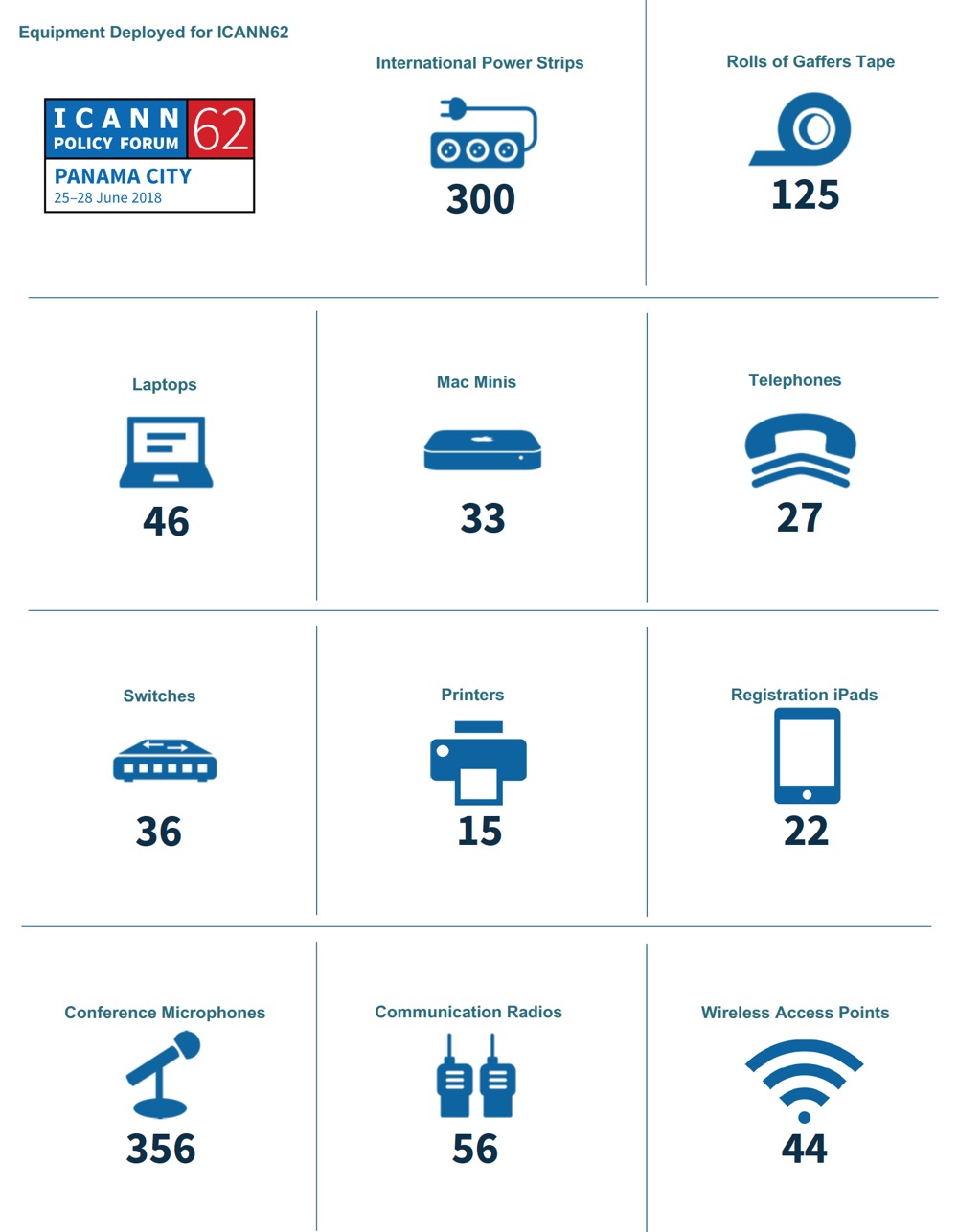ICANN’s public meetings are held 3 times a year and rotate geographically. Over the years the number of attendees has mushroomed, but some meetings are more popular than others. That can be due to a number of factors:
- location
- time of year
- topics being discussed
So in the run-up to the IANA transition there was a definite influx of “new blood”. Some locations always seem to attract more people, so meetings held anywhere in Europe are generally bigger than ones held in other regions of the world.
ICANN themselves have a lot of data around their meetings, including the number of attendees overall, the number of attendees for sessions and a whole lot more.
So digging into the report they released last night I thought I’d highlight a few data points..
Some people are still using Internet Explorer!
Fortunately it’s only 3% of users, but that’s about 3% too many! Though it’s inline with global usage stats.
The logistics behind running an ICANN meeting always fascinate me and the Panamá meeting was no different with ICANN literally shipping hundreds of pieces of equipment to the venue:
They shipped about 10 metric tonnes of equipment to Panama for the meeting, which is, amusingly, equivalent to 145 Burlap sacks of Café de Panamá
Of course an ICANN meeting needs to have decent connectivity as attendees will expect it and use it. Panamá was no different, though the overall network usage was lower than at busier and bigger meetings. IPv6 traffic was down to 9% compared to 14% at the previous meeting in San Juan. (Did DNS-OARC being held in the same venue contribute?)
The last few pages of the report, which I linked to above, is all about network usage and data. Some other salient data points that caught my eye:
- 1436 concurrent wifi connections at peak
- 489 Mbps peak download speed
- 232 Mbps peak upload speed
- ICANN attendees love Apple: iPhone users dominate with 32% of the client connections, OSX clients accounted for a further 21%, with iPad adding another 8% so Apple devices account for 61% of all client connections. Windows only accounts for 16%.
Overall the data makes for an interesting read and shows how much goes on “under the hood” at big meetings.
